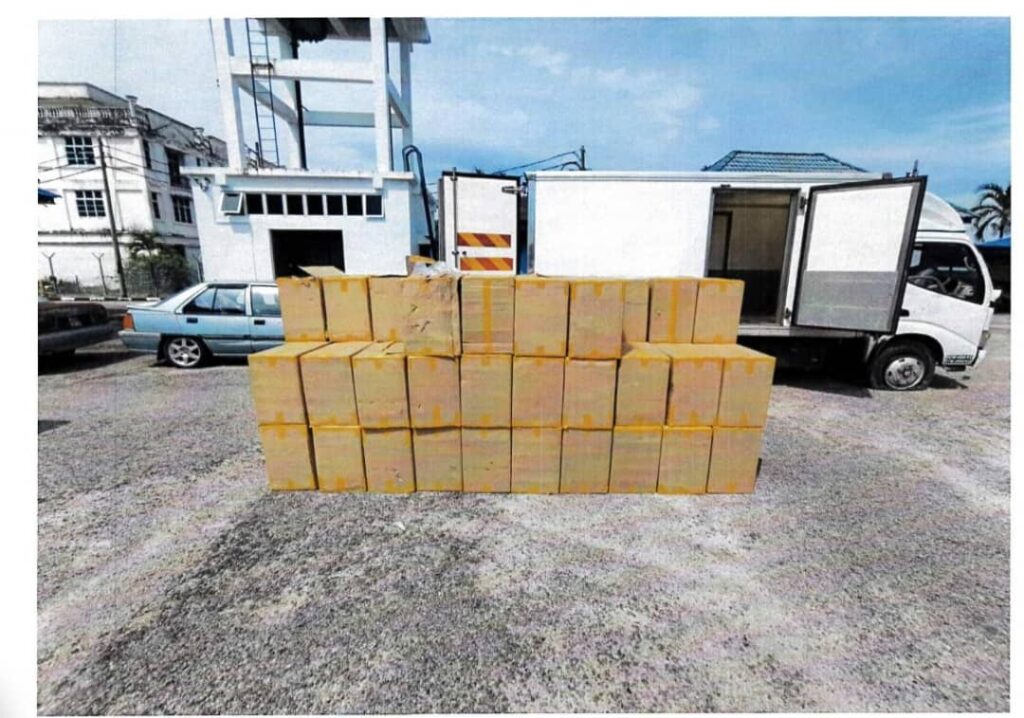KUALA LUMPUR, July 15 — What if you could lower your electricity bill simply by changing the time you run your washing machine or air-conditioning?
That’s the idea behind Tenaga Nasional Berhad’s new optional Time of Use (ToU) tariff — a pricing plan that rewards households for shifting their electricity use to off-peak hours.
With just a few small changes in routine — such as doing laundry after dinner or setting your air-conditioner to run later at night — many households could reduce their monthly bill without cutting down on electricity use.
But the amount saved depends on when you use power — and for some households, it may not be worth switching.
But first, a short refresher on the concept.
What is Time of Use?
Under this plan, electricity is cheaper during off-peak hours and more expensive during peak hours. TNB defines peak hours as weekdays from 2pm to 10pm. Everything outside that — including all day on weekends and public holidays — is considered off-peak.
This means the off-peak window lasts 16 hours each weekday and 24 hours on Saturdays and Sundays. If you can shift a chunk of your usage into those cheaper windows, ToU might be worth considering.
The plan is open to all households with a smart meter. It’s also available to those with CT (Current Transformer) or Remote Meter Reading systems — which are usually used in bigger homes or mixed-use buildings.
What are the electricity rates?
If you opt for the ToU plan, your electricity rates will now depend not just on how much you use, but when you use it.
For households that use up to 1,500 kilowatt hours (kWh) a month, electricity costs 24.43 sen per kWh during off-peak hours and 28.52 sen during peak hours. If you use more than 1,500 kWh, the rates increase to 34.43 sen off-peak and 38.52 sen during peak hours.
In comparison, the standard domestic tariff is 27.03 sen per kWh if you use 1,500 kWh or less, and 37.03 sen if you go over.
Households that consistently use more than 1,500 kWh a month are typically larger families living in bigger homes, or those with multiple air-conditioners, dryers, water heaters, or electric vehicles.
Some may also operate small home-based businesses. These users fall into a higher tariff bracket — making the timing of their usage even more critical under the ToU plan.
Are there extra fees?
Yes, but they may not apply to everyone.
When you sign up for ToU, you’ll need to pay a one-time RM10 stamp duty as part of the agreement process.
There is also a RM10 monthly Retail Charge under the ToU tariff. However, this charge is waived if your monthly usage is 600 kWh or less. Users in this low-usage category are also exempt from the Automatic Fuel Adjustment (AFA) charge.
Households that consume up to 1,000 kWh a month are eligible for the Energy Efficiency Incentive, just like users on the standard tariff.
What kind of households might benefit?
Let’s say you’re a working couple with school-going children. You use about 1,000 kWh a month, and most of your appliances — air-conditioning, washing machine, maybe even an EV charger — are only switched on at night or on weekends.
If around 70 per cent of your electricity usage happens during off-peak hours, your monthly bill under ToU could be lower than the flat-rate standard tariff — in this case, by a few ringgit.
You benefit from ToU because your house is usually empty during weekday afternoons, and most high-energy use happens at night when the cheaper rates apply. No major lifestyle changes needed.
What kind of households might not?
Now imagine a stay-at-home family with young children. You use around 1,200 kWh a month, and a lot of that energy — air-conditioning, water heating, cooking — happens during the afternoon and early evening.
If most of your electricity use falls during peak hours, ToU might not save you money. In fact, it could cost you more than the standard tariff since you’re doing the bulk of your usage at the more expensive time of day.
Real-life scenarios: Who saves, who doesn’t
Let’s break down three common household types and compare what they would pay under the ToU tariff versus the standard flat rate.
Scenario A: Working couple with schoolchildren
Monthly usage: 1,000 kWh
Usage pattern:
- 70 per cent off-peak (air-cond after 10pm, laundry and cooking at night or weekends)
- 30 per cent peak (some daytime activity)
Under ToU:
(Off peak) 700 kWh × RM0.2443 = RM171.01
(Peak) 300 kWh × RM0.2852 = RM85.56
Total = RM256.57+ RM10
Retail Charge = RM266.57
Under standard tariff:
1,000 kWh × RM0.2703 = RM270.30
Result: Saves RM3.73/month under ToU.
Why it works: This family is out during weekday peak hours. Their existing lifestyle fits the ToU structure, so they save money without effort.
Scenario B: Stay-at-home family with toddlers
Monthly usage: 1,200 kWh
Usage pattern:
- 70 per cent (Peak: afternoon air-cond, cooking, ironing)
- 30 per cent (Off-peak)
Under ToU:
(Peak) 840 kWh × RM0.2852 = RM239.57
(Off-peak) 360 kWh × RM0.2443 = RM87.95
Total = RM327.52+RM10
Retail Charge = RM337.52
Under standard tariff: 1,200 kWh × RM0.2703 = RM324.36
Result: Pays RM13.16 more/month under ToU.
Why it doesn’t work: Most electricity use happens during weekday afternoons and evenings — the most expensive time under ToU.
Scenario C: EV-owning household
Monthly usage: 1,800 kWh (includes ~400 kWh from EV charging)
Usage pattern:
- 75 per cent off-peak (EV charged overnight, air-cond at night, weekend laundry)
- 25 per cent peak (some cooking, morning use)
Under ToU (high-usage tier):
(Off-peak) 1,350 kWh × RM0.3443 = RM464.80
(Peak) 450 kWh × RM0.3852 = RM173.34
Total = RM638.14+RM10
Retail Charge = RM648.14
Under standard tariff: 1,800 kWh × RM0.3703 = RM666.54
Result: Saves RM18.40/month under ToU.
Why it works: EV charging and major appliance use happen overnight — taking full advantage of lower off-peak rates.
How to check if ToU is right for you?
Before switching, it’s best to understand your actual electricity usage pattern.
TNB recommends using its myTNB mobile app to monitor hourly usage and estimate your potential bill under both the standard and ToU tariffs.
The app also allows you to track daily trends, set alerts, and assess whether your current lifestyle is already ToU-friendly.
You can also use the online Electricity Bill Calculator on the myTNB website to simulate and compare bills.
How to sign up?
Applications opened on July 1. You can apply by emailing [email protected] visiting any Kedai Tenaga outlet.
From August 1 onwards, you’ll also be able to sign up directly via the myTNB app or website.
Once approved, your ToU tariff will be activated within three to five working days. You’ll need to stay on the plan for at least six months before switching back.
So should I switch?
If most of your electricity use already happens at night or on weekends — like if you work a regular office schedule and your air-cond only runs at bedtime — ToU could lower your bills without much effort.
But if your routine centres around weekday afternoons, especially between 2pm and 10pm, the standard tariff may still make more sense.
Start by tracking your usage. Whether it’s your air-cond, rice cooker or washing machine — sometimes, saving on your electricity bill is simply a matter of timing.







